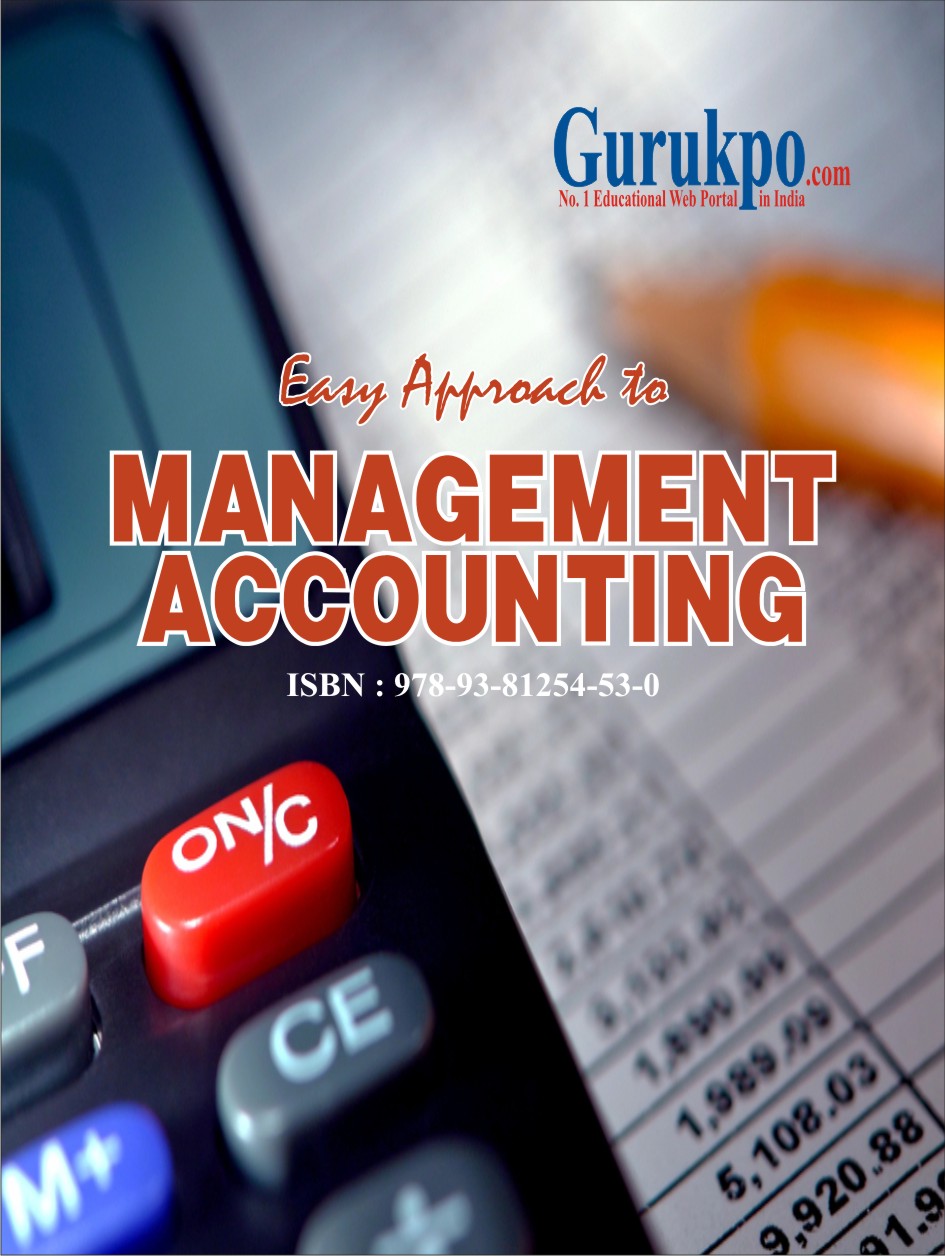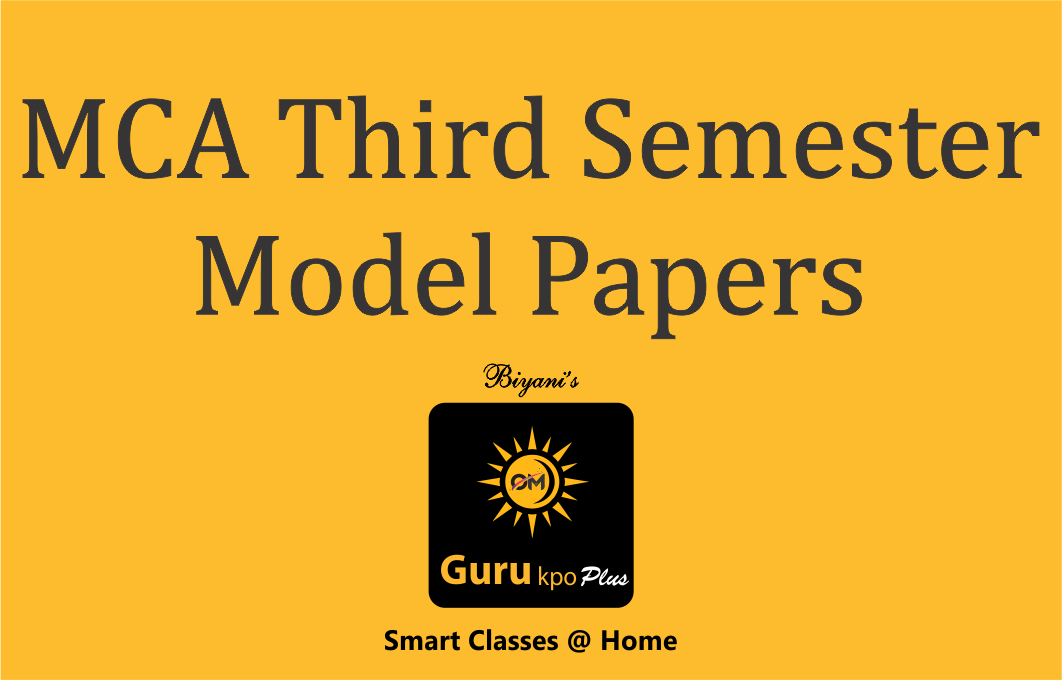Section-A
1. Introduction: Meaning of management accounting, conventions of management accounting, organization of management accounting, functions, responsibilities and qualities of a management accountant, management accounting Vs. traditional accounting, limitations of management accounting.
2. Capital structure: determinants of capital structure, optimum capital structure. Basic theory capital structure.
3. Operating and financial leverage.
4. Working capital: concept, factors affecting working capital requirements, ascertainment of working capital requirements. Salient features of Tandon Committee and Chore committee reports.
Section-B
5. Financial Analysis: Meaning, nature and importance of financial statements, techniques of financial analysis comparative statements, common size statements, trend analysis, limitation of financial statement analysis.
6. Elementary Ratio Analysis.
7. Cash flow and fund flow Analysis.
Section-C
8. Cost of capital.
9. Capital expenditure decisions. Pay-back period, return on investment, discounted cash flow.
10. Reporting of Management.







